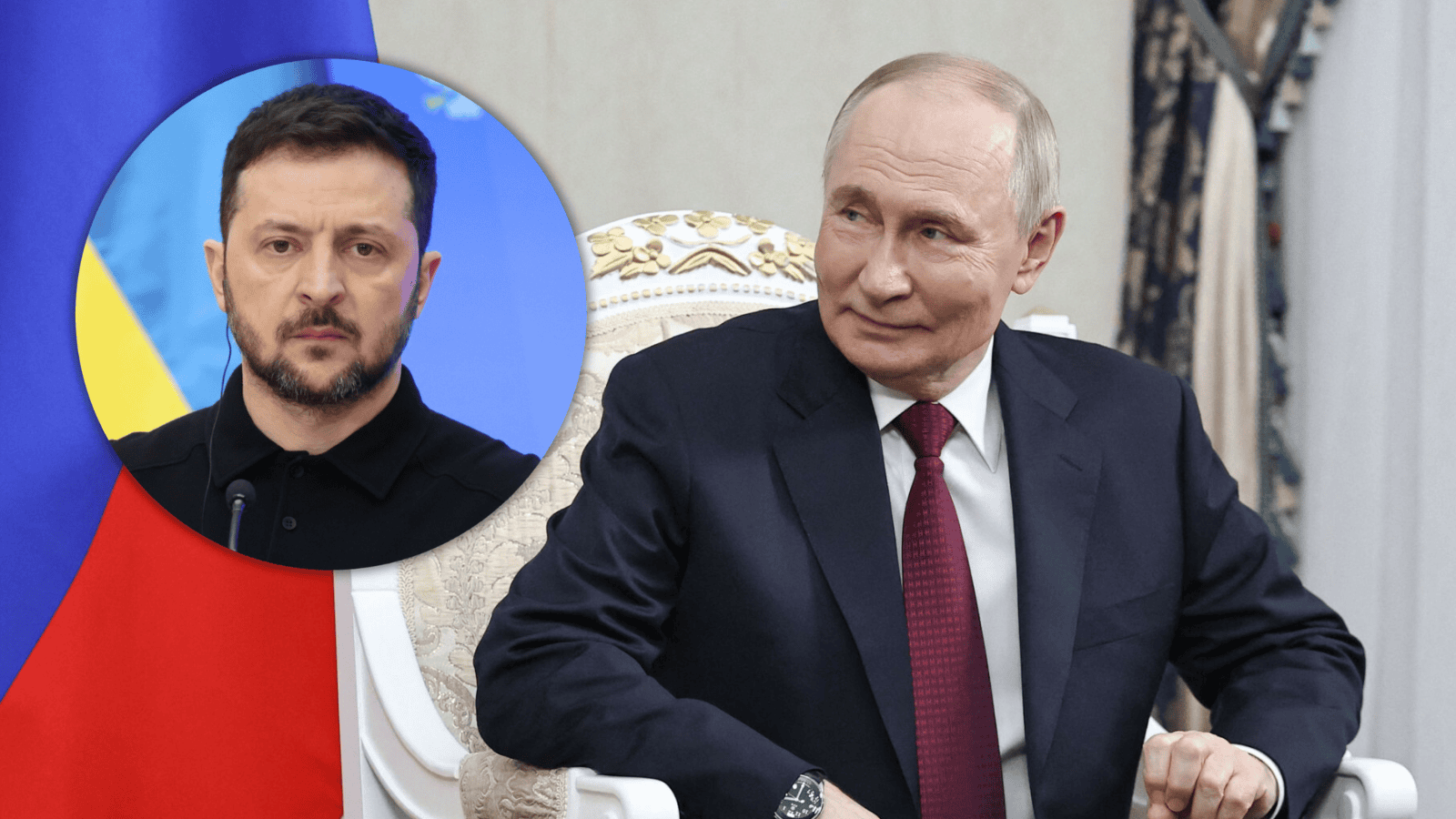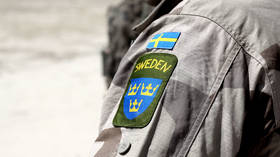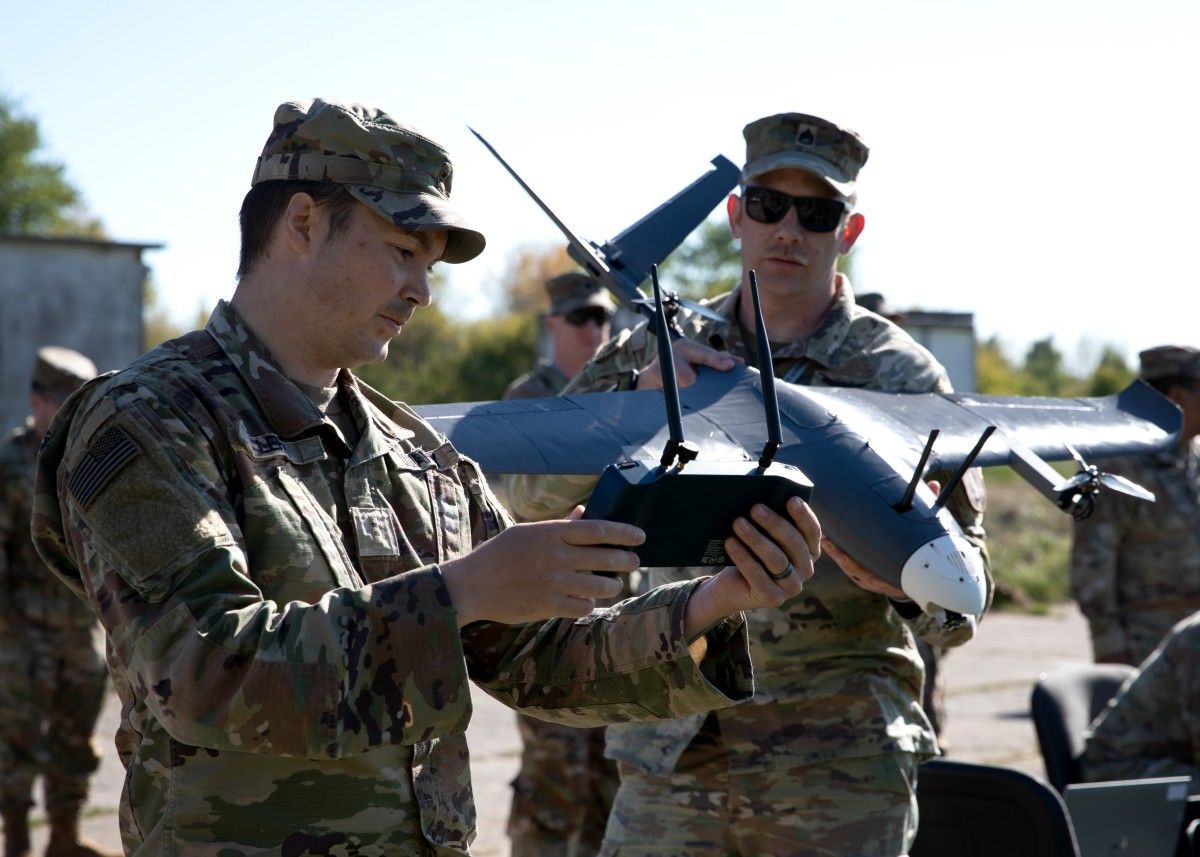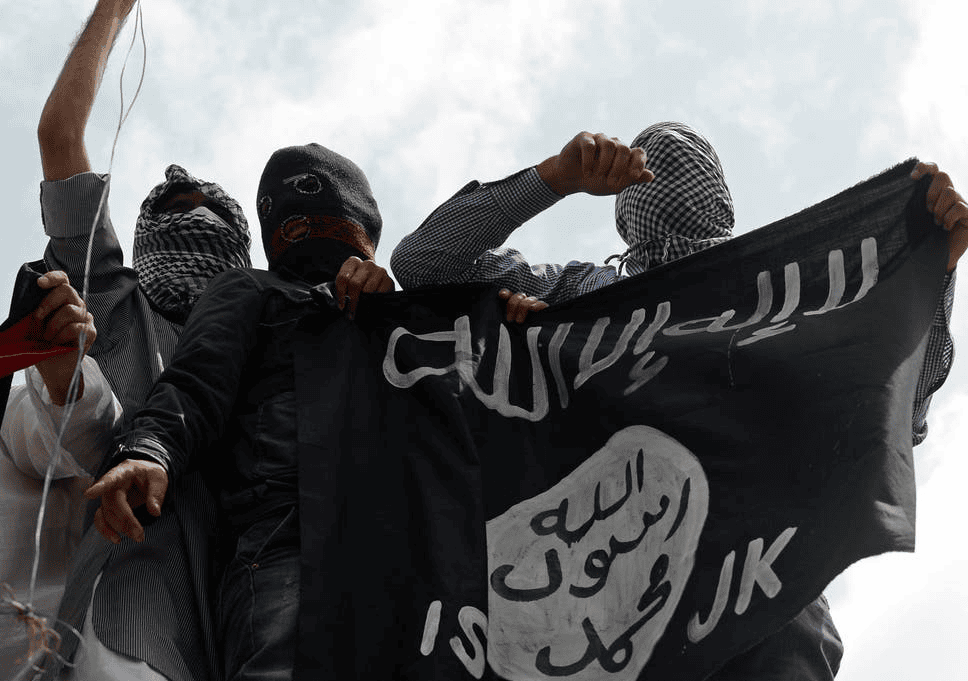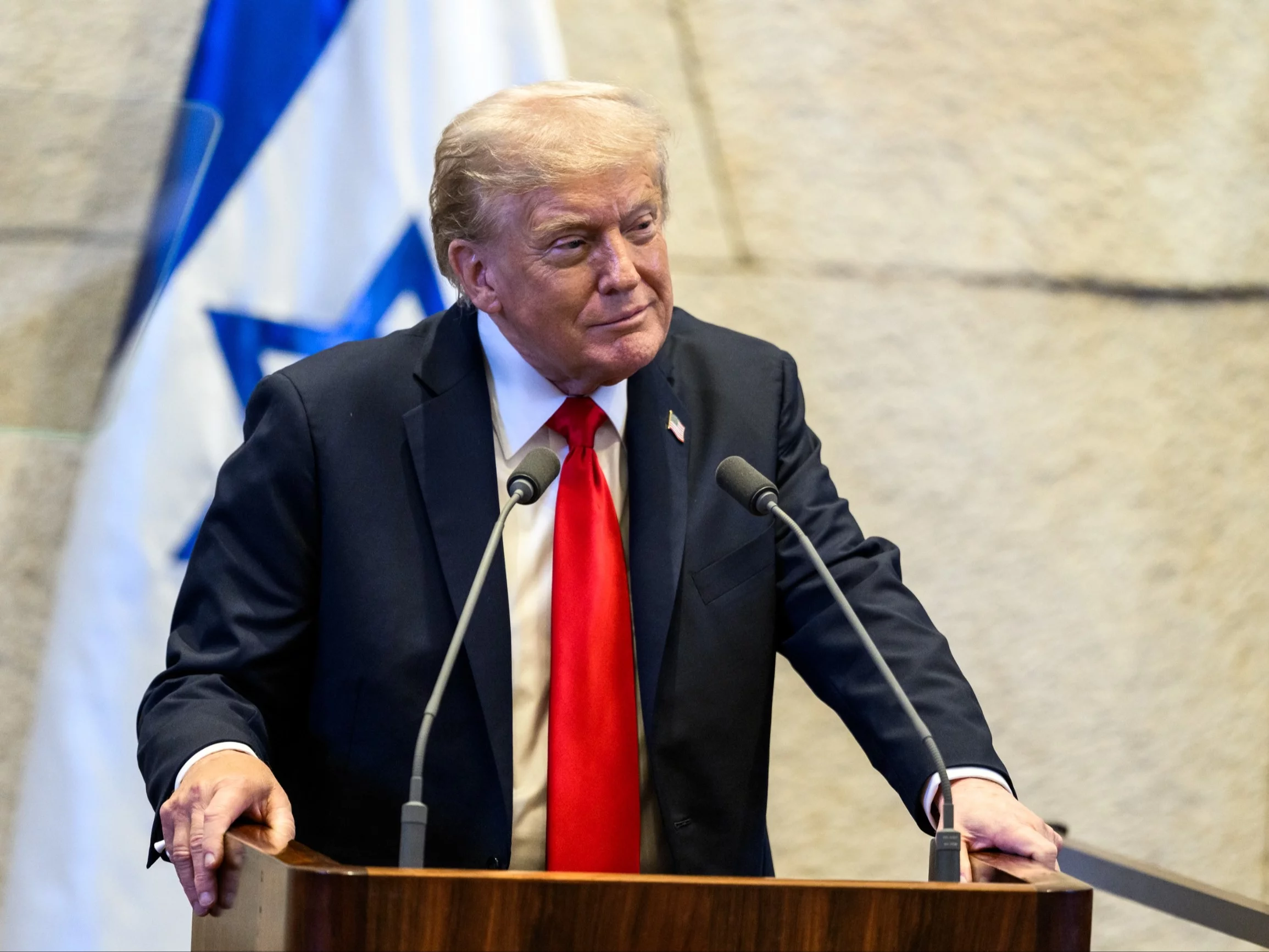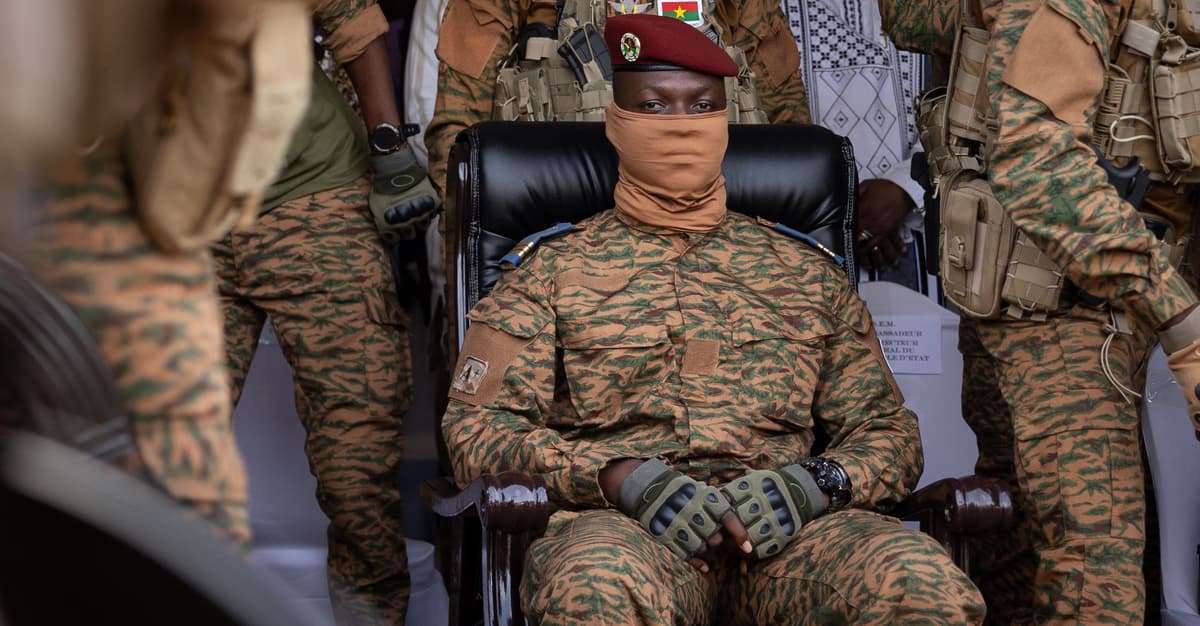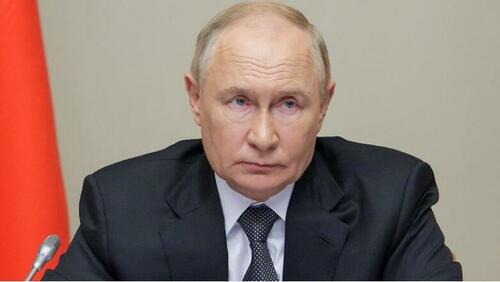
Kursk: Invasion, Outbreak Of War, Distraction, Pawn?
Authored by Peter Hanseler via VoiceFromRussia.ch,
Ukraine’s attack in the Kursk region is prompting Western media and “experts” to make statements that have nothing to do with reality. It will fail…
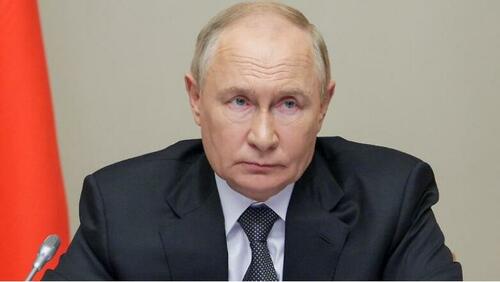
President Putin
Snapshot
There are currently around 10,000 Ukrainian troops in the Kursk region. To date, the Ukrainians have succeeded in capturing around 50 villages and the town of Sudzha. The entire conquered area measures approx. 1,000 km2 – this corresponds to 0.0058% of the area of Russia.
The aim seemed to be to capture the nuclear power plant located southwest of Kursk in order to gain control of it. In the meantime, the Russians have succeeded in stopping the Ukrainians’ advance to the north and east. There the Ukrainians are digging themselves in. In the west of the deployment zone, the Ukrainian forces are moving in a westerly direction. The momentum is slowing down noticeably.
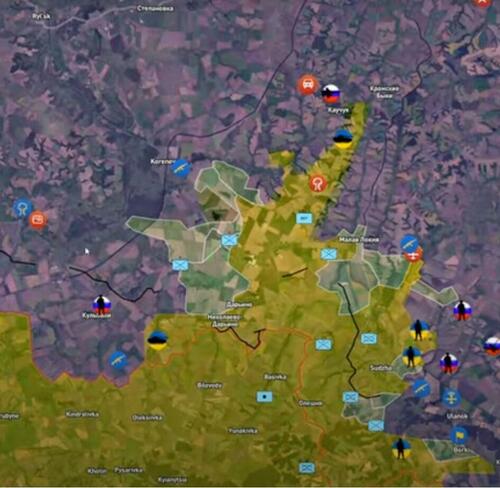
Red line: Russia-Ukraine border – colored yellow: Approximate territorial gains as of August 17, 2024 – Source: Military Summary
At the same time, on the night of August 17, the Ukrainians once again tried to destroy the Crimean Bridge using all available means – drones, cruise missiles, HIMARS, etc. They did not succeed.
The operation in the Kursk region marked the first time Russia had been attacked since 1941. At that time, almost 4 million soldiers invaded Russia. They failed before Moscow in the winter of 1941. However, the war lasted over three years longer and left behind a mountain of corpses of around 40 million people.
What are Ukraine’s goals – have they been achieved?
If one looks at the scale (troops deployed and territory gained), the question arises as to what the Ukrainians are aiming to achieve with this military action.
What is important in this context is the fact that the military situation for Ukraine on the almost 2,000 kilometre-long front is dire. The Russians are advancing faster and faster. Ukrainian losses in the last two months have totalled over 60,000 per month. This means that the loss rate has doubled this summer in a long-term comparison. The Ukrainians are unable to compensate for these losses despite the extremely aggressive forced recruitment. At the moment, conscripts in Ukraine are being hunted down and thrown onto the front line after a quick bleaching period of a few days – a human tragedy.
The Ukrainian leadership is well aware of this and a few weeks ago (President) Zelensky announced that the Russians would have to be involved in the next round of possible peace negotiations. On the one hand, this is an admission that the ‘peace negotiations’ at the Bürgenstock in Switzerland, as predicted by us, were a complete failure and that (President) Zelensky has lost all initiative and political freedom of movement.
However, the endeavour to negotiate with the Russians was already doomed to failure before the action in the Kursk region. The legalistic Russians no longer recognise (President) Zelensky as the legitimate leader of Ukraine. And rightly so: (President) Zelensky has been ruling without a constitutional basis since May. Consequently, we put the title of the president in brackets in our articles. A negotiated solution involving (President) Zelensky was therefore ruled out even before the Kursk offensive.
Consequently, the Ukrainian leadership is seeking a liberating strike with the action in Kursk; this may well make sense from the Ukrainian perspective if a sustainable result could be achieved in the medium term.
It can be assumed that the Ukrainians are pursuing several goals with this action: On the one hand, they hoped that with their invasion of the Kursk region, the Russians would withdraw their troops from the front and thus halt or at least reduce their advance along the entire line of contact. In this way, the Ukrainians hoped to achieve what the Russians had achieved with the opening of the Kharkov front a few months ago.
The Ukrainians have demonstrably failed to achieve the first objective: the advance of Russian troops in the various sections of the front continues unabated.
The second objective was to hold the spoils for possible negotiations by capturing the Kursk nuclear power plant and taking as many Russian civilians as possible hostage.
These goals do not appear to be achievable either. The capture of the Kursk nuclear power plant has failed and appears to be out of reach in the future. Nevertheless, this nuclear power plant poses a real threat to a large part of the Russian population, for example if it were to be hit by HIMARS missiles. By taking civilians hostage, the Ukrainians will indeed ensure that the Russians will hold back in their fightback with heavy weapons, which will lead to a delay in the recapture.
However, the Ukrainians will buy their initial success at a very high price. As with the drone attacks in Moscow at the beginning of the conflict, the Ukrainians have not succeeded in frightening the Russians with this action either. What’s more, in the past – as was the case during the Second World War, for example – such terrorist actions have not borne fruit at all, but have led to implacability on the Russian side. This time will be no different.
A comparison with the Battle of Kursk is ridiculous
Incidentally, a comparison with the Battle of Kursk is ridiculous: almost 800,000 soldiers took part in Operation Citadel in July 1943 on the German side and almost two million on the Russian side. The respective sides were led by the finest commanders. Wehrmacht: von Manstein, von Kluge, Hoth, Kempf, Model, Guderian, Jodl, etc. Soviet Union: Zhukov, Rokossovski, Vatutin, Konev, etc.
It is considered the largest battle ever fought in world history and the last offensive of the Wehrmacht on the territory of the Soviet Union, which ended disastrously for the Germans and left behind a mountain of corpses totalling around 800,000 people.
A comparison is therefore in no way appropriate.
How does the West portray these events?
On 15 August, the Ukrainians speak of 75 villages taken, the Russians of 40.
I know the area around Kursk personally. Huge plains, interspersed with small villages or hamlets with a few houses, sometimes a petrol station, a few small shops and possibly a police station. Everything completely open – no Russian army for miles around. If two armoured personnel carriers with twenty soldiers drive in, that village is considered conquered. To describe this occupation as a ‘conquest’ is therefore misleading and pure propaganda. It is true that the Ukrainians have set up a Kursk military command. However, this does not change the fact that 1,000 km2 of sparsely populated territory will not bring about any strategic change. In addition, the troops now in the region must be supplied. This can only be done at the expense of the troops on the main front.
The fact that this coup is nevertheless being celebrated in part as a turning point in the war is merely an indication of the desperate overall situation in Ukraine.
In December 1944, the Wehrmacht attempted to turn the tide in the Ardennes in a similar way (Battle of the Bulge). After a rapid advance by the last well-equipped German armoured troops that lasted a few days, the offensive quickly collapsed under the overwhelming forces of the Allies, who were initially taken completely by surprise. There is every indication that this military action will meet the same fate for Ukraine.
Optimism in the West is a chimera
The West has already announced that it will supply even more weapons. The Ukrainians’ main problem, however, is that the huge losses mean that no personnel – and certainly no qualified personnel – is available. This clearly reflects the West’s perfidious strategy: fight Russia to the last Ukrainian.
The Ukrainian people are aware of this.
The Ukrainian people are unable and unwilling to go on
I have established good contacts in Ukraine. I cannot go into detail about the nature of these contacts, but they are sources that allow me to gain a relatively good impression of the mood of the people. These are not political sources, but sources that cut across all social classes and the whole country. What do they actually mean and say – what is the real mood in Ukraine?
The people have had enough – of the war, of the corruption, of the power cuts, of the heat, of Zelensky, who came to power with the promise of peace with a fantastic result and betrayed his people. The people want peace.
The question of whether they would give up Crimea, Donbass, Kherson and Zaporizhia in order to achieve peace is not really an issue. 90% answer ‘yes’. Western media report 25% to 45%. It is worth remembering that as recently as December, the remnants of the Ukrainian middle class still largely assumed that they would be able to win the war. There is nothing left of this optimism.
The only question that now remains is whether, how and when the people will be able to assert their will. Only time will tell.
The Western media, which constantly pretend to be on the side of the Ukrainian people and to represent their interests, show through their deliberately false reporting that they are completely indifferent to the fate of those people.
Conclusion
History teaches us that a last stand by a sinking army does not lead to lasting results (see the Battle of the Bulge in 1944).
This action in the Kursk region was only possible thanks to a surprise effect – the Ukrainians succeeded in doing this, the Russians actually allowed themselves to be surprised. Whether this military action was made possible by negligence, betrayal or a deliberate but incorrect risk analysis is completely unclear and ultimately irrelevant. The Russians always stand behind their leadership in times of need and will push the Ukrainians back out of Russia despite any sacrifices.
Anyone who claims that this action was carried out without close leadership from Washington and London has still not recognised the nature of this conflict: The US and the UK are waging a proxy war against Russia, Ukraine is merely an implementing agent.
Ultimately, this incident is just one piece of the mosaic in a threatening overall picture that has been keeping the world on tenterhooks for months now and will probably continue to do so for some time to come.
Tyler Durden
Mon, 08/19/2024 – 12:45


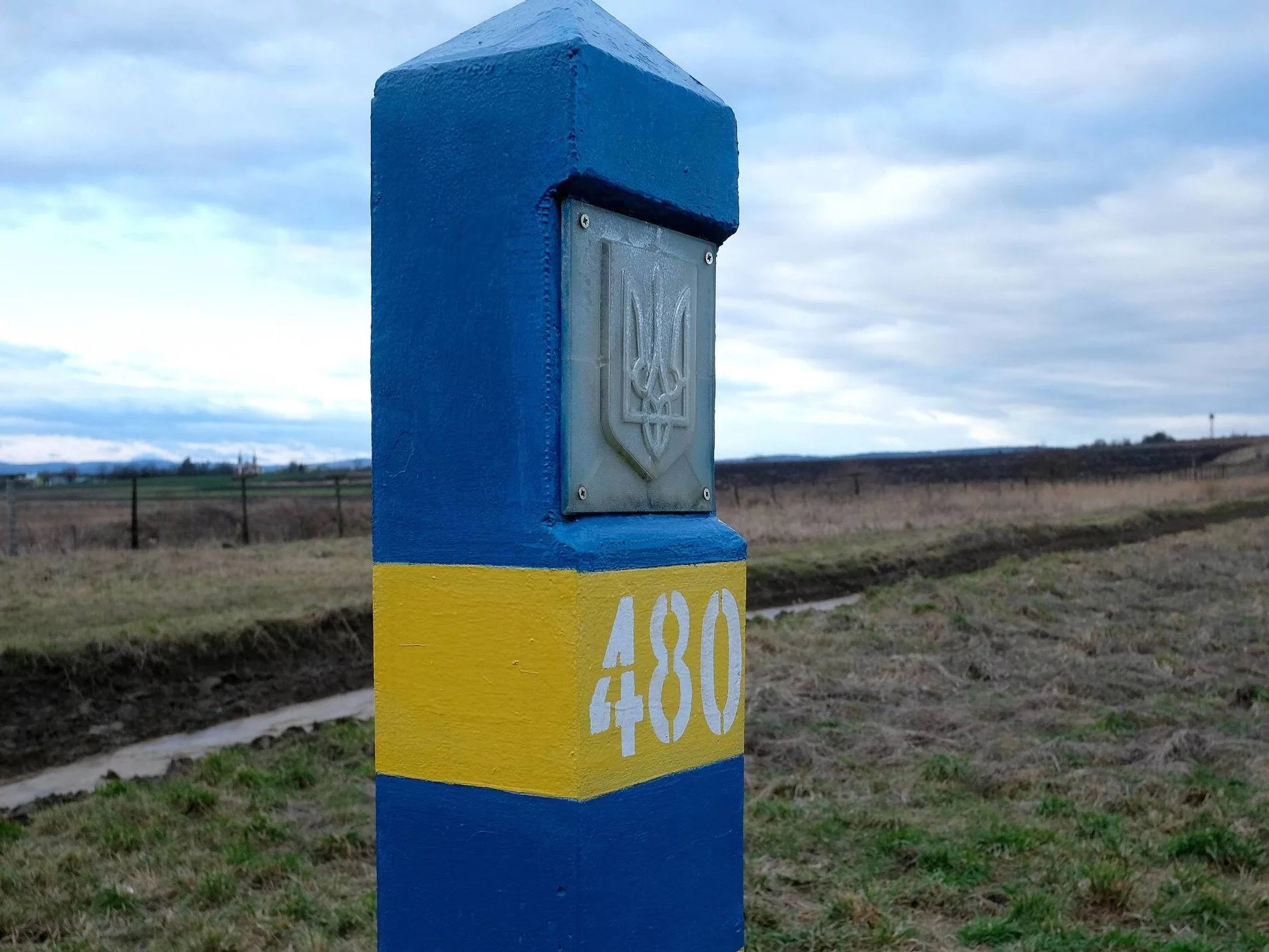
![„Nobla nie dostanie za przegraną Ukrainy. Trump musi to zrozumieć”[ROZMOWA]](https://cdn.oko.press/cdn-cgi/image/trim=122;0;132;0,width=1200,quality=75/https://cdn.oko.press/2025/11/AFP__20251105__2245192996__v2__HighRes__PresidentTrumpAddressesAmericaBusinessForumI.jpg)

